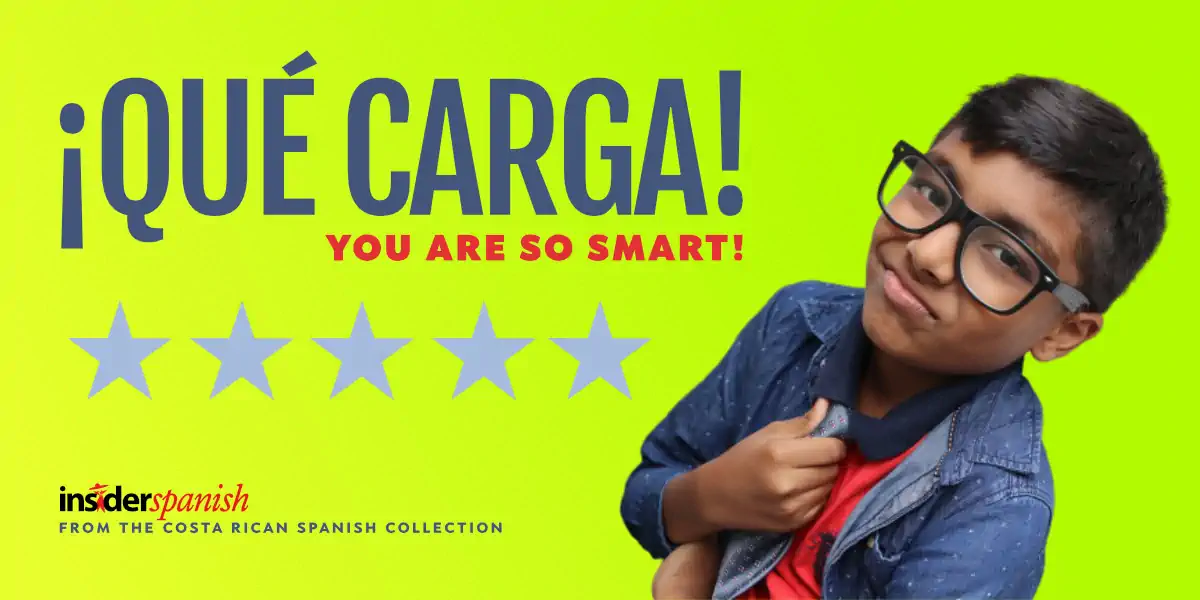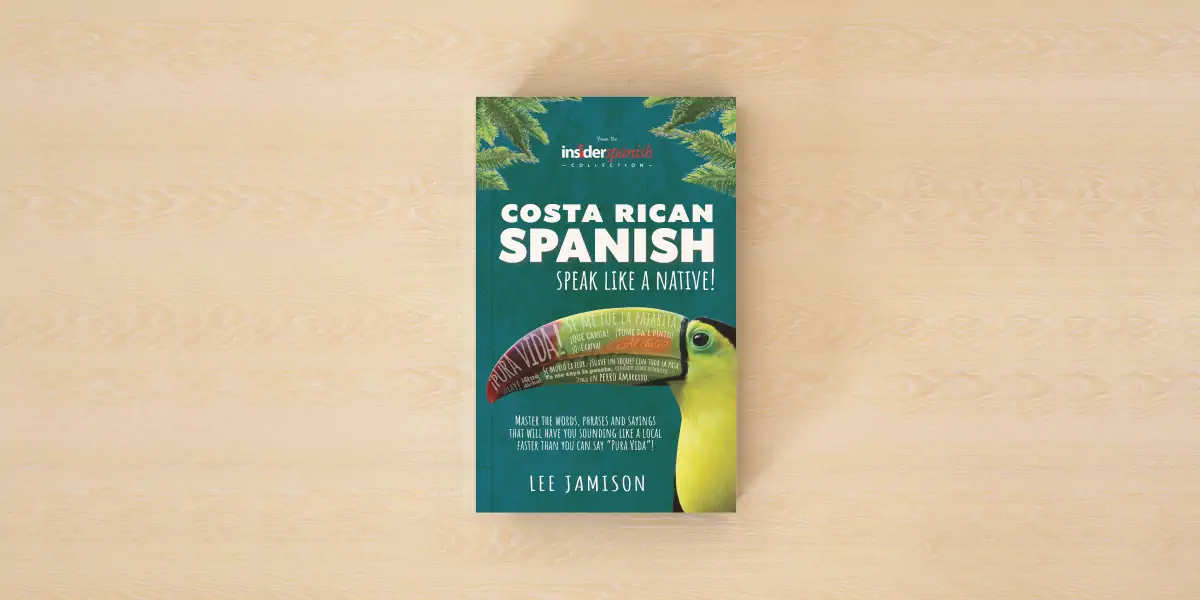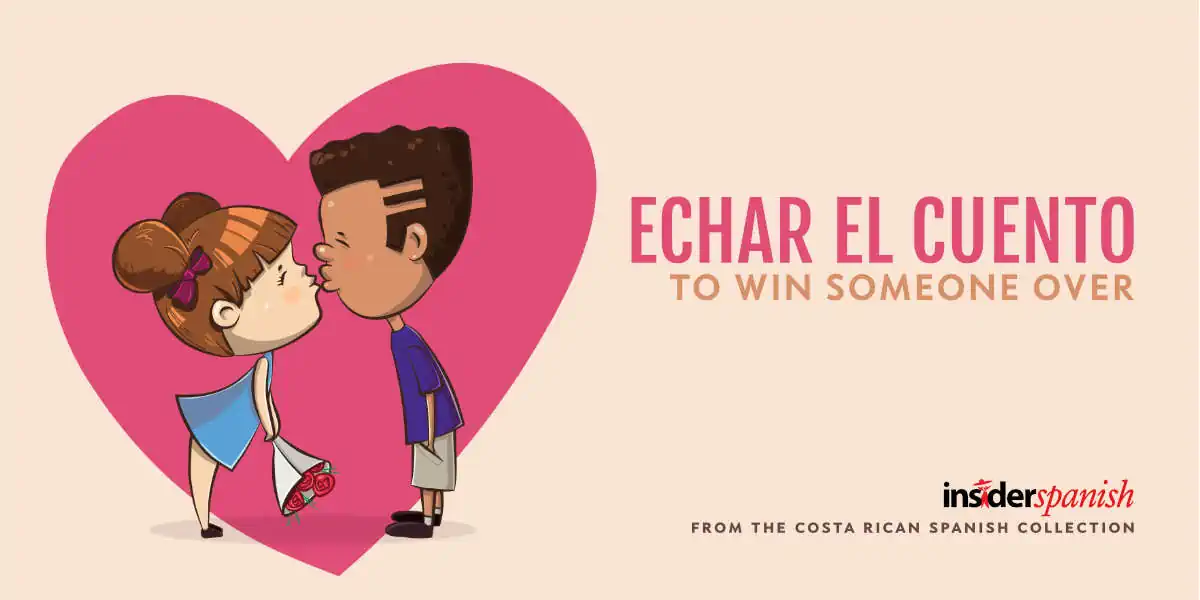How is Costa Rican Spanish Different from other Spanish Variants?
Spanish is spoken natively in at least 22 countries. How is Costa Rican Spanish distinct from all other Spanish dialects?

Image by Lee Jamison
WHEN you think of Costa Rica, you might picture lush rainforests, stunning beaches, and a laid-back vibe that draws in travelers from all over the world. But if you spend any time chatting with the locals, you’ll notice something special about the way they speak Spanish. Costa Rican Spanish, known as “Tico” Spanish, has its own unique flavor.
In this post, we’ll explore how Costa Rican Spanish stands out in pronunciation, vocabulary, idioms, and sayings. Let’s dive in and see what makes Tico Spanish so unique!
Pronunciation
Costa Rican Spanish has a few distinctive pronunciation traits that set it apart from other Spanish-speaking countries. Here are some key differences:
-
Soft ‘r’ Sounds: Costa Ricans often soften their ‘r’ sounds, especially at the end of words, making them sound almost like an English ’d’. For example, hablar (to speak) might sound like hablad.
-
‘S’ Aspiration: In some regions, especially the coastal areas, Costa Ricans may aspirate the ‘s’ sound, turning it into a soft ‘h’. For example, está (is) might be pronounced ehtá.
-
Vowel Reduction: Vowels, especially ‘e’ and ‘o’, can be pronounced more softly and sometimes even omitted in casual speech. Pequeño (small) might sound like pequeñ.
-
Clear ‘ll’ and ‘y’ Sounds: Unlike in Argentina, where ‘ll’ and ‘y’ are often pronounced as ‘sh’, Costa Ricans stick to a clearer ‘y’ sound.
-
Diminutives: Costa Ricans love using diminutives, often adding -ico or -ito to words. For example, poco (a little) might become poquito. (See tico below under the subheading “Vocabulary” for more information.
-
Stressed Pronunciation: Words are often pronounced with a clear stress, making the speech sound very rhythmic.
-
Tonic Accents: Costa Ricans maintain tonic accents well, which makes their Spanish sound more neutral and clear.
-
Neutral Intonation: The intonation in Costa Rican Spanish is generally more neutral compared to other Latin American countries, avoiding the singsong patterns found in places like Mexico or Spain.
-
Reduced Diphthongs: Certain diphthongs, that is, sounds formed by the combination of two vowels in a single syllable, are simplified; for instance, fiesta might sound more like festa.
-
Consonant Softening: Some consonants are softened, so chico (boy) might sound like shico. This is very common in Panamanian Spanish, and will be more pronounced as you near the Panamanian border.
Vocabulary
Costa Rica has its own set of vocabulary that’s different from what you might hear in other Spanish-speaking countries. Here are ten examples of unique Costa Rican words:
-
Tico/Tica: This refers to a Costa Rican man or woman, respectively. As you learned above, the locals use the -tico and -tica suffixes to indicate diminutives. This practice has garnered them the tico nickname.
⚽ ¿Es usted tico?
🏈 Are you Costa Rican?
-
Pura Vida: Literally “pure life”, it’s used to say hello, goodbye, thank you, or just to express that life is good. In fact, you can use it as a question:
⚽ ¿Pura vida?
🏈 How’s it going?
-
Mae: Equivalent to dude or buddy. This word was orginally vulgar and is only recently being adapted by the masses. Use with caution.
-
Brete: Means work or job. If you ask where someone is headed, they might reply:
Voy al brete.
I’m headed to work.
-
Tuanis: Means cool or awesome. It came originally from the English too nice. Use this word to complement others. For example:
⚽ ¡Qué tuanis tu camisa!
🏈 What a cool shirt!
-
Güila: Pronounced WEE-lah. Refers to a girl or a young woman.
-
Chunche: A catch-all term for a thing or an object. In fact, this word is super useful when you can’t remember the word for something. Just point to it and say:
Páseme ese chunche.
Pass me that thingamagig.
-
A cachete: Means something is very good or enjoyable.
-
Birra: Slang for beer.
-
Zaguate: Refers to a mixed-breed dog or mutt.
Idioms
Costa Rican idioms, or modismos as they are known in Spanish, add color to the language and often have meanings that aren’t immediately obvious. Here are ten popular idioms:
-
Estar con todos los poderes: Literally “to be with all the powers”, meaning to be ready or prepared for something.
-
Jalarse una torta: To mess up or make a mistake. Consider this example from the Costa Rican daily La Teja:
Laura Ortega se jaló una torta con una publicación que hizo en sus historias en Instagram que, según ella, no debió verla todas las personas.
Laura Ortega committed a huge faux-pas when she published in Instagram a story that was not meant to be seen by everyone.
-
Meter la pata: To put your foot in it, meaning to make a blunder. If you err in any way, just apologize with:
Disculpe. Metí la pata.
I’m sorry. I messed up.
-
Andar volando: To be in a hurry.
-
Comerse el cuento: To believe a lie or be gullible. Imagine that you are heading to a car dealership to look for a new auto. Your buddy warns you before you leave:
Cuidado con esos vendedores. No te comas el cuento.
Be careful with those salesmen. Don’t be gullible.
-
Hacerse bolas: To get confused or mixed up. Here’a another good option when you need to apologize for something.
Lo siento. Me hice bolas.
I’m sorry. I got confused.
-
Echar el cuento: To flirt or hit on someone.
-
Darse color: To realize or notice something.
-
Pegarse una juma: To get drunk.
-
Estar como una cabra: To be a bit crazy.
Sayings
Costa Ricans also have many sayings, or dichos, that encapsulate their worldview and values. Here are ten examples:
-
Más vale pájaro en mano que cien volando: A bird in the hand is worth two in the bush.
-
En boca cerrada no entran moscas: Flies don’t enter a closed mouth, meaning it’s better to stay silent than say something foolish.
-
El que mucho abarca, poco aprieta: He who grasps too much, holds little, warning against overreaching. In other words, you shouldn’t spread yourself too thin.
-
Dime con quién andas y te diré quién eres: Tell me who you walk with and I’ll tell you who you are. The idea? You will become just like your friends.
-
Al mal tiempo, buena cara: In bad times, put on a good face, advocating for a positive attitude. It is similar to the English When the going gets tough, the tough get going.
-
A caballo regalado no se le mira el colmillo: Don’t look a gift horse in the mouth.
-
De tal palo, tal astilla: Like father, like son.
-
Más sabe el diablo por viejo que por diablo: The devil knows more because he is old than because he is the devil, emphasizing the value of experience.
-
Ojos que no ven, corazón que no siente: Out of sight, out of mind.
-
El que persevera, alcanza: He who perseveres, achieves.
Conclusion
Costa Rican Spanish is a vibrant and unique variant of the language, filled with its own special pronunciation quirks, vocabulary, idioms, and sayings. Whether you’re planning a trip to this beautiful country or just curious about different Spanish dialects, understanding Tico Spanish adds a rich layer to your experience. So next time you hear pura vida, you’ll know it’s more than just a greeting—it’s a way of life.
#Ad
Get the Ultimate Guide to Costa Rican Spanish!

DON'T SETTLE for generic Spanish! Put away the stale phrasebooks and learn to speak just like the natives! Join us as we explore the most common expressions in Costa Rica. Does a CHORICERO sell sausage? If someone says to you ¡QUÉ CAMOTE!, is he vegan? Discover the real meaning behind the words. Make friends and save money at the market. Start learning Spanish…one country at a time. The Insider Spanish series of books have sold thousands of copies the world over. Our guidebooks are not meant to teach you basic Spanish, but rather to tailor your Spanish to the spoken idiosyncrasies of each Spanish-speaking country. Get your copy today! Available in print and Kindle versions.





